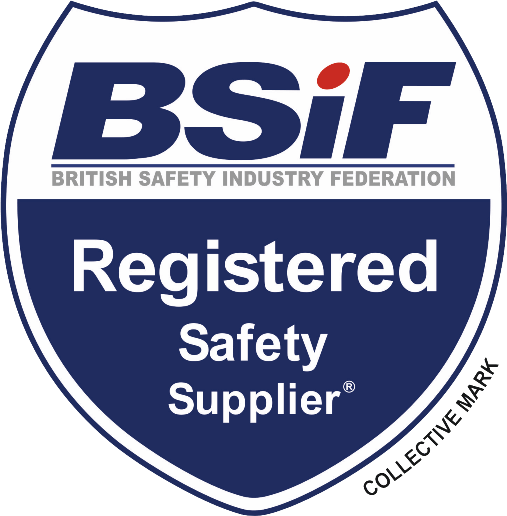The bones that came to the fore in 2002 when David Beckham broke his second metatarsal, just before the World Cup in Japan and South Korea!
In an industrial setting the metatarsal bones are at high risk as the front of the foot sticks out beyond the body line, increasing the chance of rolling or falling objects impacting the foot. Experts say that severe fractures and breaks of these bones can leave permanent damage and in some cases can require surgery.
You only need to run your hands firmly along the top of your own foot and you can feel the unprotected metatarsal bones right next to the surface of the skin. You’ll notice that there is very little muscle, fat or flesh protecting these bones.
You have 26 tiny bones in each foot, which is more than a quarter than the total bones in your entire body.
The Test Methods and Standard
Metatarsal impact rating forms part of EN ISO 20345:2011 its an elective test method and certification.
It is denoted by the “M” marking on the product packaging, specification, testing and declaration documentation.
The test method is a 100J impact test using a drop test machine and 3 different shoe sizes are tested.
Over the years many different styles have been developed which include external flaps, external guards and internal guards.
Several different materials have been used which include steel, TPU composites and other composite materials.
Some of which are soft to touch at rest (room temperature) but stiffen when struck to absorb the energy of the impact.
Find out more about the test methods and standards for Safety Footwear here

The most commonly used guards today feature a solid internal guard that is integrated within the tongue label. This is the guard type that Rock Fall pioneered in Europe and now uses alongside high quality water resistant lacing mechanisms and the renowned BOA® Fit System


